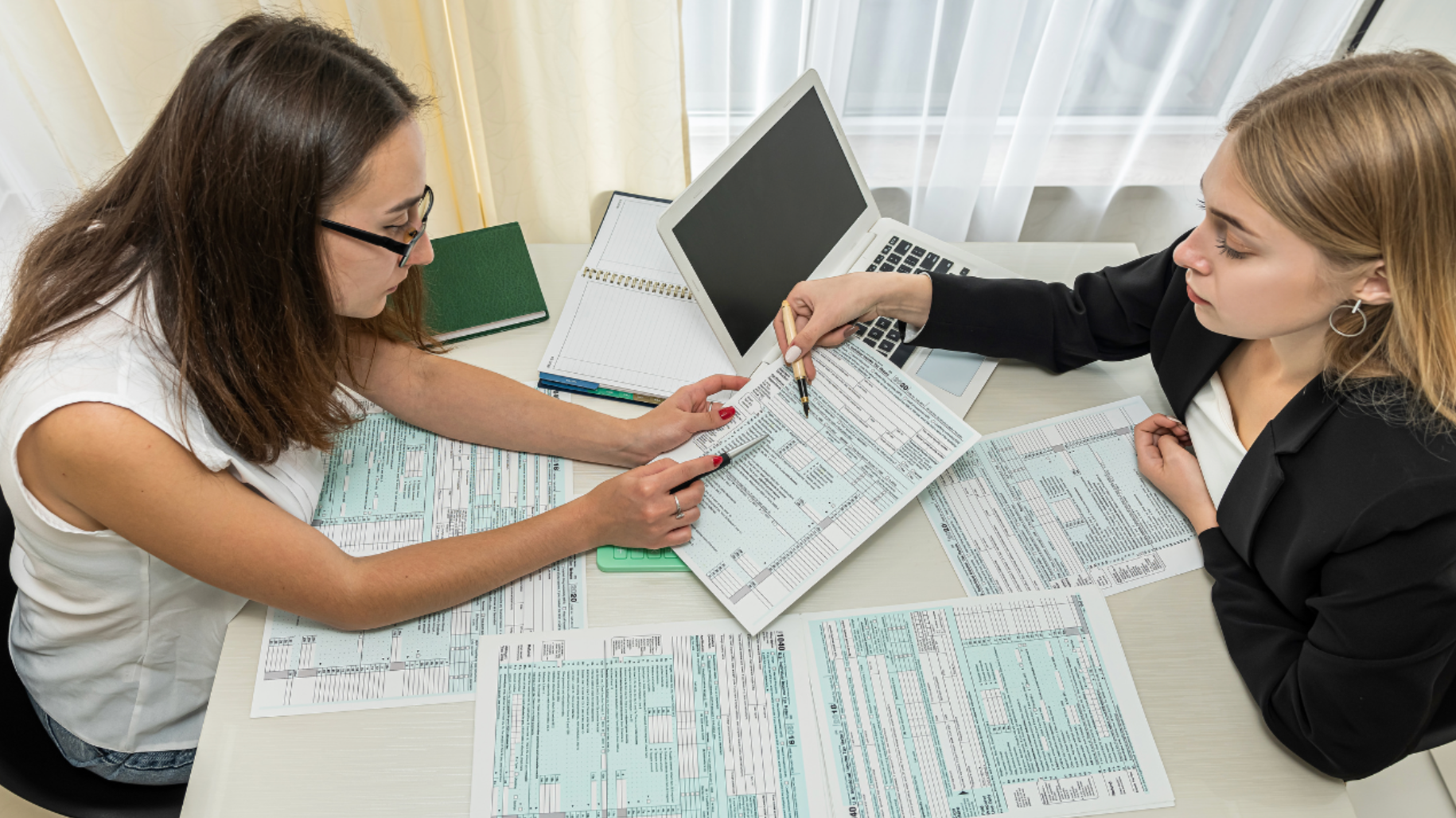What’s Your Financial Literacy?
April is Financial Literacy Month! Most people aren’t as excited as I am to talk about money. In fact, discussing finances is something many people avoid.
Patrice Washington, a well-renowned speaker and author who focuses on helping women recognize their worth and grow their wealth, has partnered with Robinhood to produce a video series on how women earn, spend, save and invest. My favorite question she asks is “What is your relationship with money?” The reply is very telling on whether someone spends or saves their money.
Ready for some feel-good finance? Check out My Money Moves on YouTube.
One of the easiest ways to teach your kids (or anyone) about basic finances is to use the PIGS method. My kids were weaned on this method and would roll their eyes if they read this post, but it works. It’s an easy formula to follow that will help you budget every dollar. It even works for businesses, too! You can play with the percentages to see what fits your lifestyle or goals.
P – Pay Yourself First
This portion pays your rent and living expenses. It can be anywhere between 40% to 70%. The choice is yours—either don’t buy Starbucks every day, or put that into your ‘pay-yourself-first’ budget. Since you and your family are top priority, this category is first.
I – Invest
Invest every time you get paid. There are many studies that show consistent investing will benefit you by growing your wealth without your sweat equity. Warren Buffett once said it well: “Someone’s sitting in the shade today because someone planted a tree a long time ago.”
Plant your tree and keep feeding it. This percentage should be 10-20%.
G – Give
This is an area people leave out most often, and it’s the only one in which the percentage is set at 10%. Give 10% to charities, religious organizations, civic organizations, or causes that help others. When you give for the good of others, the payback is immeasurable.
S – Save. SAVE. SAVE. SAVE.
I can’t stress this enough. Money guru Dave Ramsey is famous for telling people to save 20% of their paychecks. He also suggests allocating three to six months of expenses to a fully funded emergency fund. This can feel like a lofty goal, but you’ll be thankful you saved when something unexpected happens—like when your two-year-old refrigerator dies or your car needs to be repaired immediately.
Try saving between 10%-20% of all money that comes in.
Ready to talk more about finance? Money is the second most discussed topic between parents and teens (after COVID). Last year, half of all states proposed bills requiring personal finance courses in high school. Early money management skills lead to better credit scores, lower debts and higher savings—and this benefits everyone. Empower yourself and those around you by investing in financial literacy.
Want to learn more about how we help small businesses simplify, organize and gain insight into their financials? Reach out to me at alisa@firststepsfinancial.com and let’s have a fun conversation about finances!





